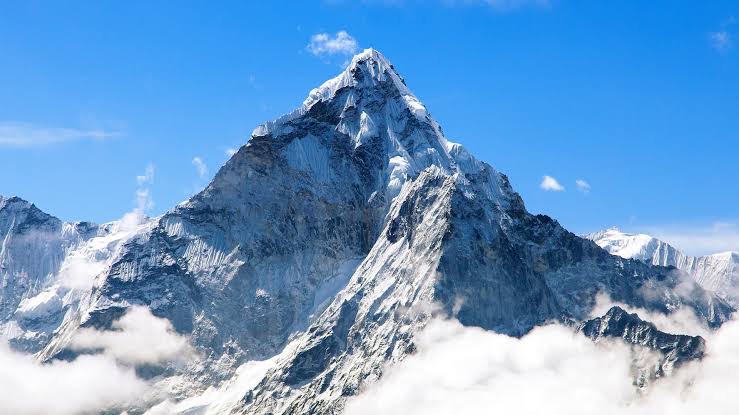Scientists have identified the highest instance of microplastics ever found on Earth, near the summit of Mount Everest.
SEE ALSO: French Researchers To Test Nicotine Patches on Coronavirus Patients
The pollutants polyester, acrylic, nylon and polypropylene fibres were found in 19 high-elevation ice and water samples collected from the Everest region, including the so-called death zone, in 2019.
The study, led by the University of Plymouth in England, found 12 microplastic fibres per litre of snow recorded from the balcony of Everest (8,440 metres).
The highest quantities (79 microplastic fibres per litre of snow) were found at Base Camp, where summit expeditions are based for periods of up to 40 days.
The research, published in One Earth, was led by researchers from the University of Plymouth’s International Marine Litter Research Unit, working with researchers from Britain, the U.S. and Nepal.
Researchers have suggested that the microplastics could be airborne, or just fragments of materials used to make the high-performance outdoor clothing commonly used by climbers, as well as the tents and climbing ropes used in attempts to climb the mountain.
In a statement, Dr Imogen Napper, the lead author of the study, said that the trace of microplastics in Everest was a reminder that more needs to be done to protect the environment.
“Over the past few years, we have found microplastics in samples collected all over the planet – from the Arctic to our rivers and the deep seas.
READ: COVID-19: Buhari To Attend ECOWAS Summit in Niger Republic
“With that in mind, finding microplastics near the summit of Mount Everest is timely reminder that we need to do more to protect our environment,” said Napper.



Leave a Reply